- No products in the cart.
Flowering Gardenia
$55.00
BOTANICAL NAME: Gardenia jasminoides ‘Radicans’
AGE: 4
HEIGHT: 7″ – 10″
3 in stock
SKU: FBFG0410 Categories: Flowering Bonsai Trees, Outdoor Bonsai Trees Tags: folowering bonsai, folowering gardenia, Gardenia jasminoides 'Radicans', Outdoor bonsai
FlOWERING GARDENIA BONSAI
Flowering Gardenia Bonsai is a stunning and popular flowering bonsai that blooms with graceful, snow-white flowers and a legendary, sweet fragrance. Native to regions of Africa, Asia, and Australia, this plant is adaptable to the Japanese art of bonsai and makes for a perfect addition to any home or garden. Be aware that it goes dormant during the winter months but blooms beautifully from May to June.
The Gardenia, with its botanical name Gardenia jasminoides ‘Radicans’, is a stunning plant that boasts dark, glossy foliage with a suede-like texture, graceful snow-white flowers, and a sweet, legendary fragrance. It is an evergreen shrub that is native to various regions of Africa, Asia, and Australia, but it is the plant’s adaptability to the Japanese art of bonsai that has made it one of the most sought-after trees.
These beautiful Gardenias bloom from March through June, displaying unmatched beauty, grace, and fragrance during those months. However, it is important to note that the Gardenia is not recommended for novice gardeners. Like many things that are stunningly gorgeous, it requires a certain level of care and maintenance to thrive.
The Gardenia is the epitome of perfection in a pot, making it a popular choice for those looking to add a touch of elegance to their home or garden.
*** While the Gardenia is an awesome plant that you’re sure to love, it is important to be aware that it goes dormant during the winter months. This means that it may appear without leaves during this time, but there’s no need to worry as the leaves will return in due course. In fact, this is a natural occurrence for the Gardenia and they always come back to life. It’s worth noting that these plants bloom in May and June, adding to their beauty and appeal. ***
Care
OUTDOOR BONSAI
When it comes to outdoor bonsai, there are both evergreen options like pines and junipers, as well as deciduous varieties such as maples and elms. These bonsai trees are known for their hardiness and their need for seasonal change. Upon receiving your bonsai, it is recommended to place it in a shaded area for a week to allow for acclimation. Outdoor bonsai prefer morning sun and shade in the afternoon and are ideal for display on patios, decks, and balconies during the growing season. While it is possible to display outdoor bonsai indoors, it should only be done for short periods of time, not exceeding five days.
WATERING
Watering is an essential aspect of bonsai care and maintenance. Outdoor bonsai require different watering schedules based on the season. During spring, summer, and fall, daily watering is necessary, while in winter, frequency of watering can be reduced. It is important to never allow the soil to completely dry out. To water properly, use a watering can or hose attachment with a fine-spray nozzle and thoroughly soak the soil until water runs out of the drain holes. While misting the foliage can be beneficial, it should not be considered a substitute for watering. Regular maintenance, including trimming and wiring, is also important for keeping your bonsai healthy and beautiful
REPOTTING
Repotting your bonsai is a crucial step in maintaining its health and vitality. Bonsai should be repotted every four to five years, when their root system becomes pot bound. The ideal time for repotting outdoor bonsai is before new growth appears, during late winter or early spring. It is important to use bonsai soil specifically, as regular potting soil may compact and restrict proper drainage. To ensure the bonsai is well established, it is recommended to wait at least one growing season before repotting.
FERTILIZATION
Fertilization is necessary for the growth and health of bonsai plants. Both water-soluble and time-released fertilizers can be effective when used as directed
WINTER CARE
Outdoor bonsai should undergo winter dormancy and remain outside during this period. However, their root systems should be protected from harsh winter weather. To achieve this, “heel-in” the bonsai by covering the pot and soil with materials such as pine needles or mulch when temperatures approach freezing. Additionally, protect the bonsai from extreme cold winds by positioning it against the south side of your house or keeping it in protected areas such as garages or basement during extremely cold winter conditions
Shipping & Returns
SHIP WITH CONFIDENCE
You can be confident that your tree will arrive at its destination with sufficient moisture and in a secure package. To maintain moisture and prevent any soil spillage during transportation, the bottom of each tree is covered with plastic wrapping. The trees are connected to the pot with wire, placed inside a double-walled box for protection, and secured with custom packing systems to prevent any movement while in transit.
SHIPPING COST
- Free Shipping on orders $75 and above
- Orders under $75 ship for only $9.99
- Deliveries to West Coast addresses (West of the Rocky Mountains) will arrive in 4-6 business days
- Orders sent to the rest of the country will arrive in 2-4 business days
RETURNS
In case of any shipping or delivery errors such as missing items or damage to your tree or products, please reach out to us at support@primebonsai.com within 5 days of receiving your order. We take pride in our quality and preparation for the shipping process, and we will guide you through our straightforward claim process. Our support team will respond to your request within 1-2 business days and provide a resolution or request additional information.
For all other return requests, please email us at support@primebonsai.com, and we will be happy to replace the product or refund the purchase price on claims made within 30 days of receipt. Our support team will respond to your request within 1-2 business days and provide a resolution or request additional information. Alternatively, you can also reach us by Contact Us page
Be the first to review “Flowering Gardenia” Cancel reply

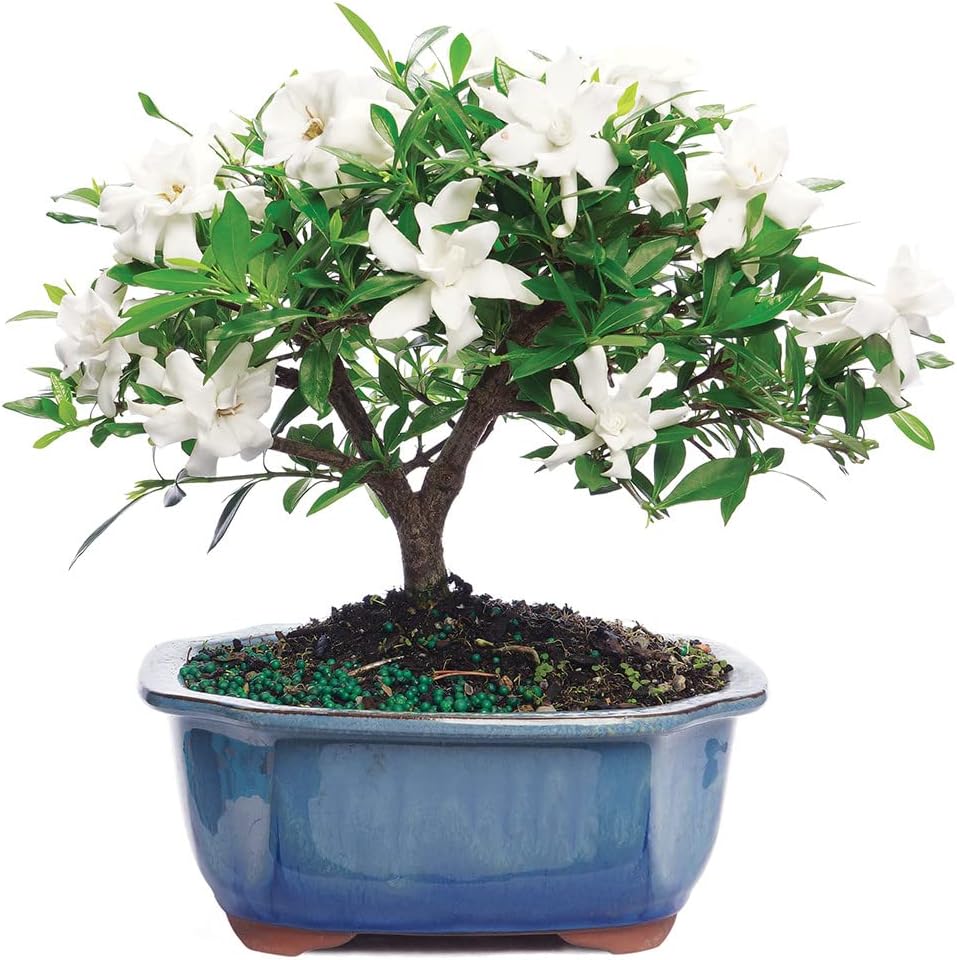
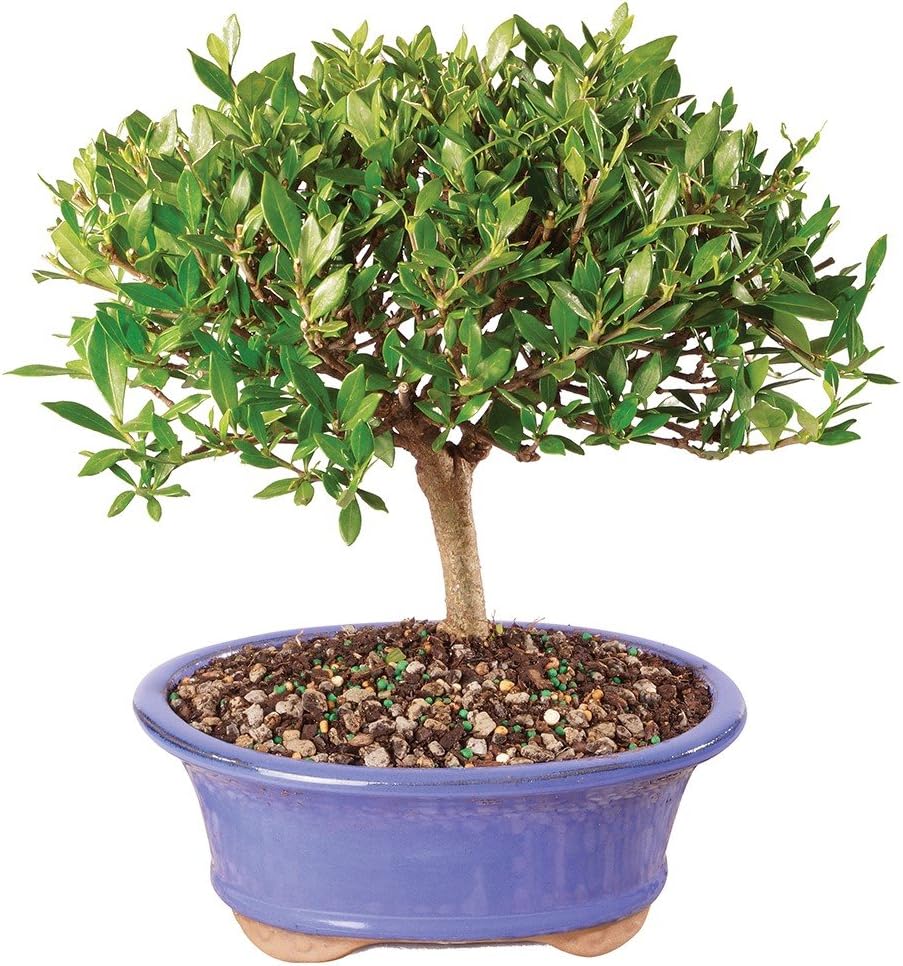
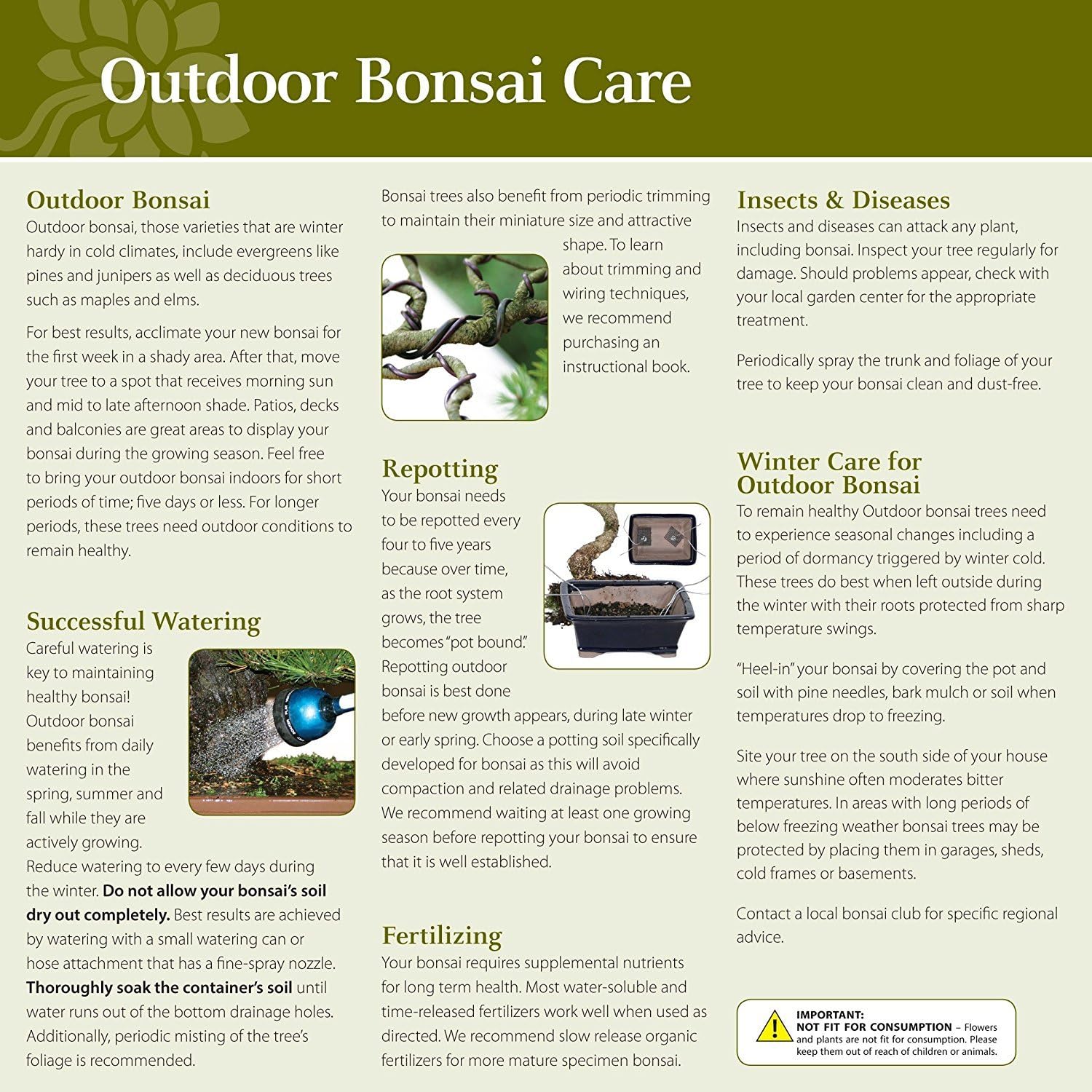
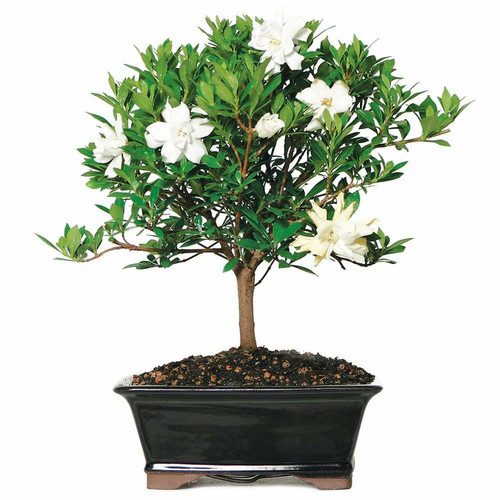
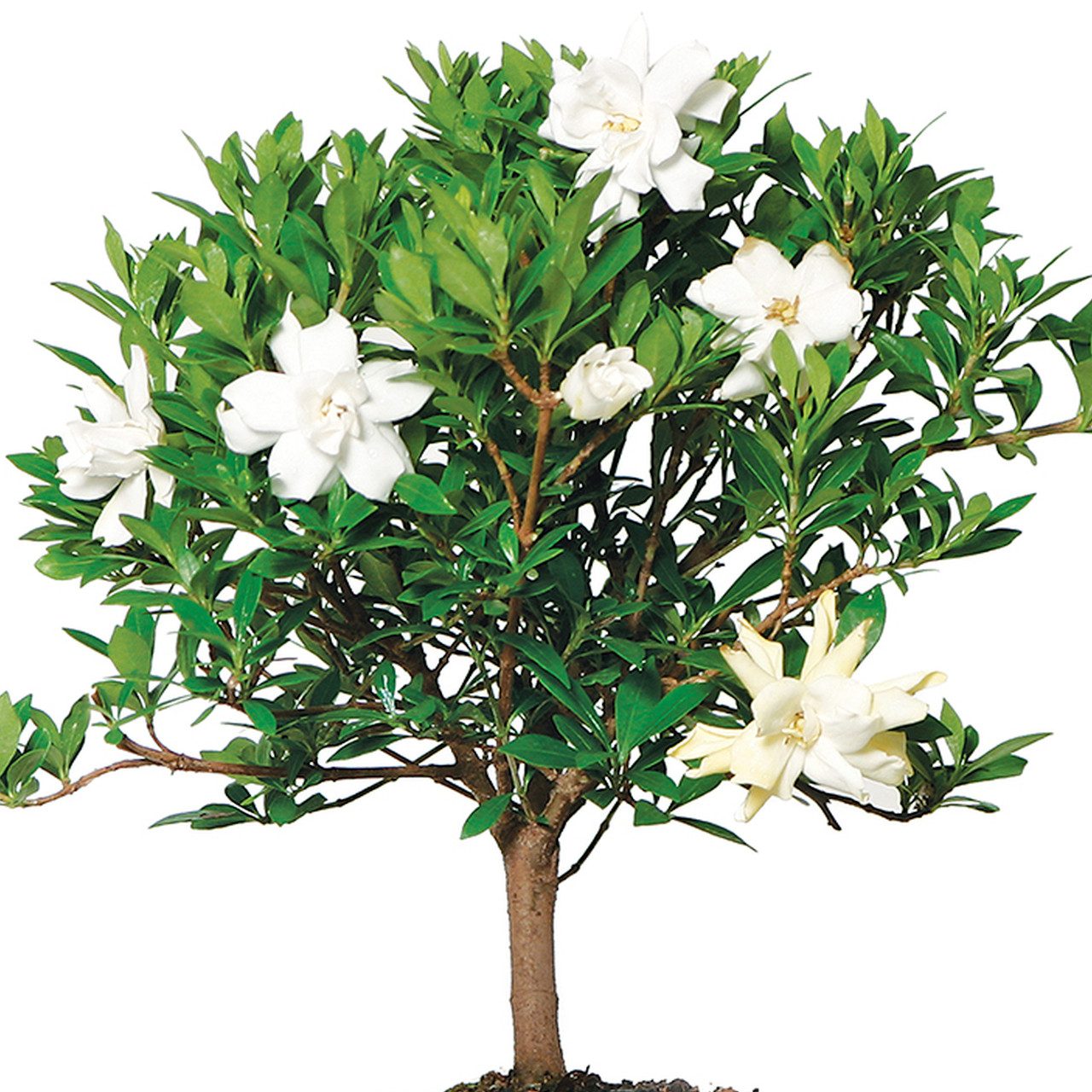
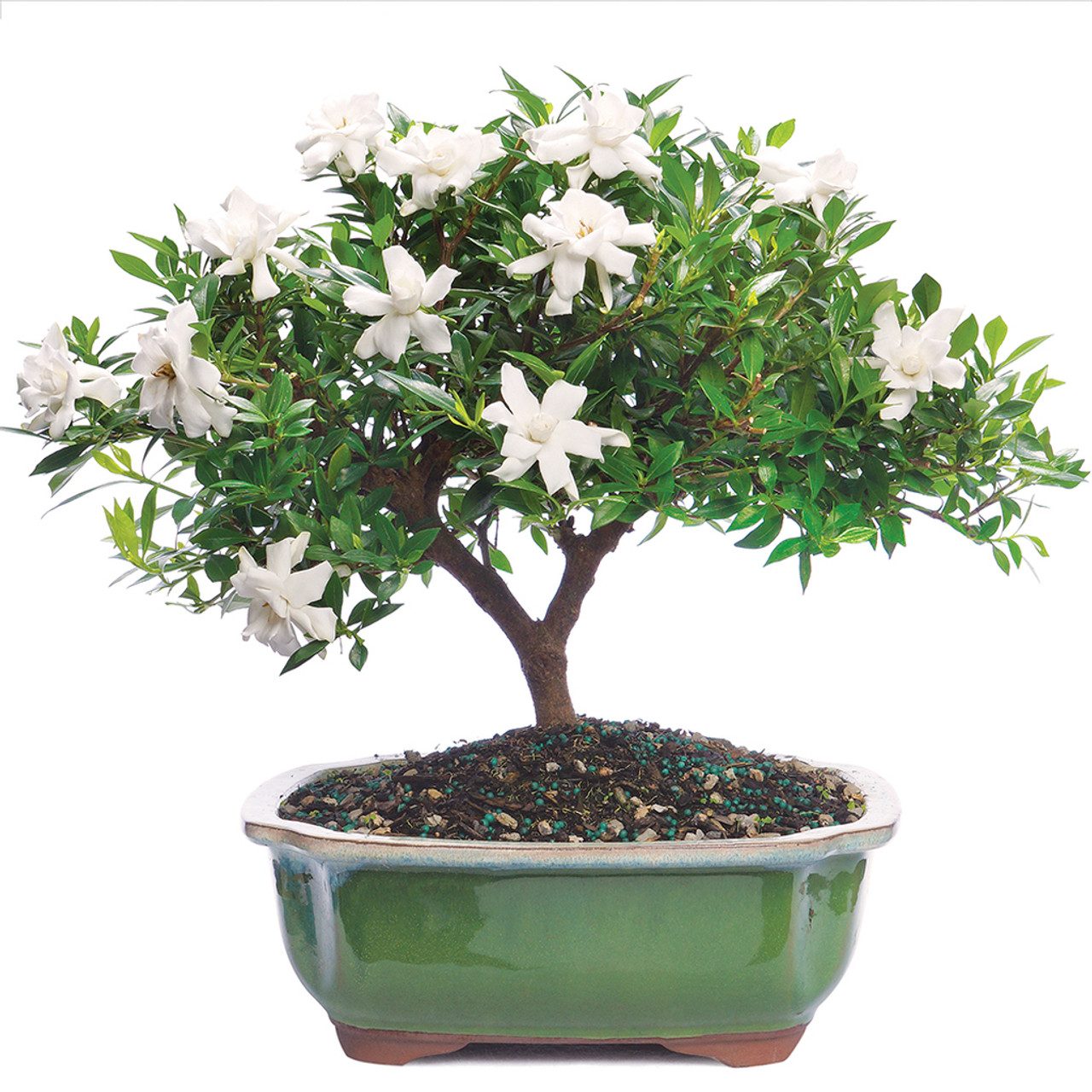
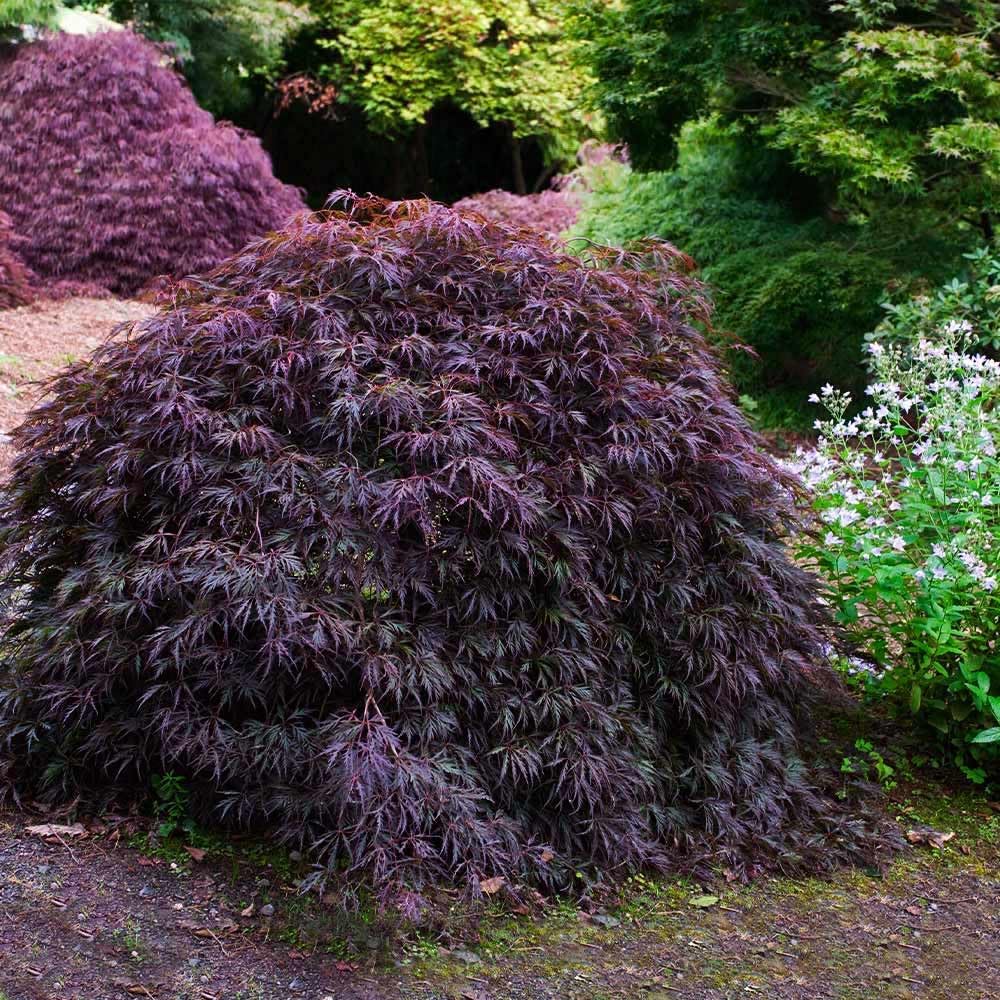

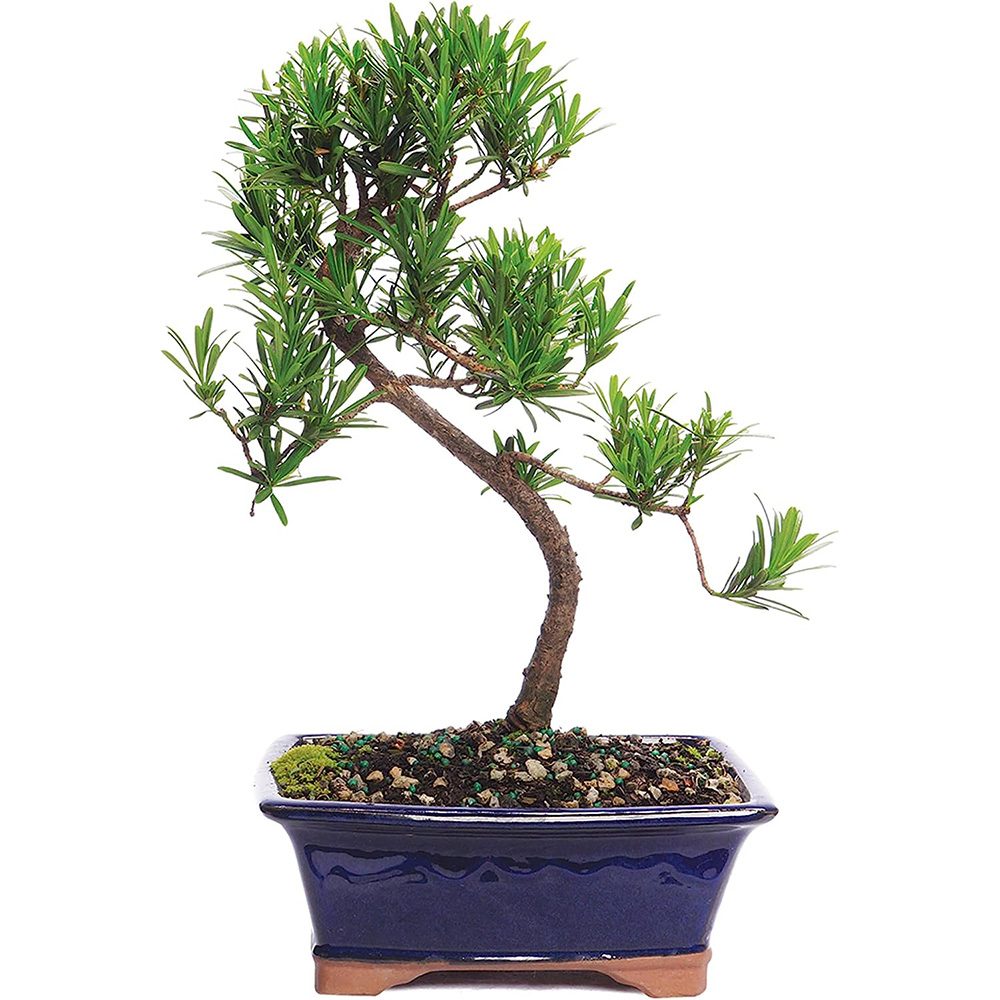
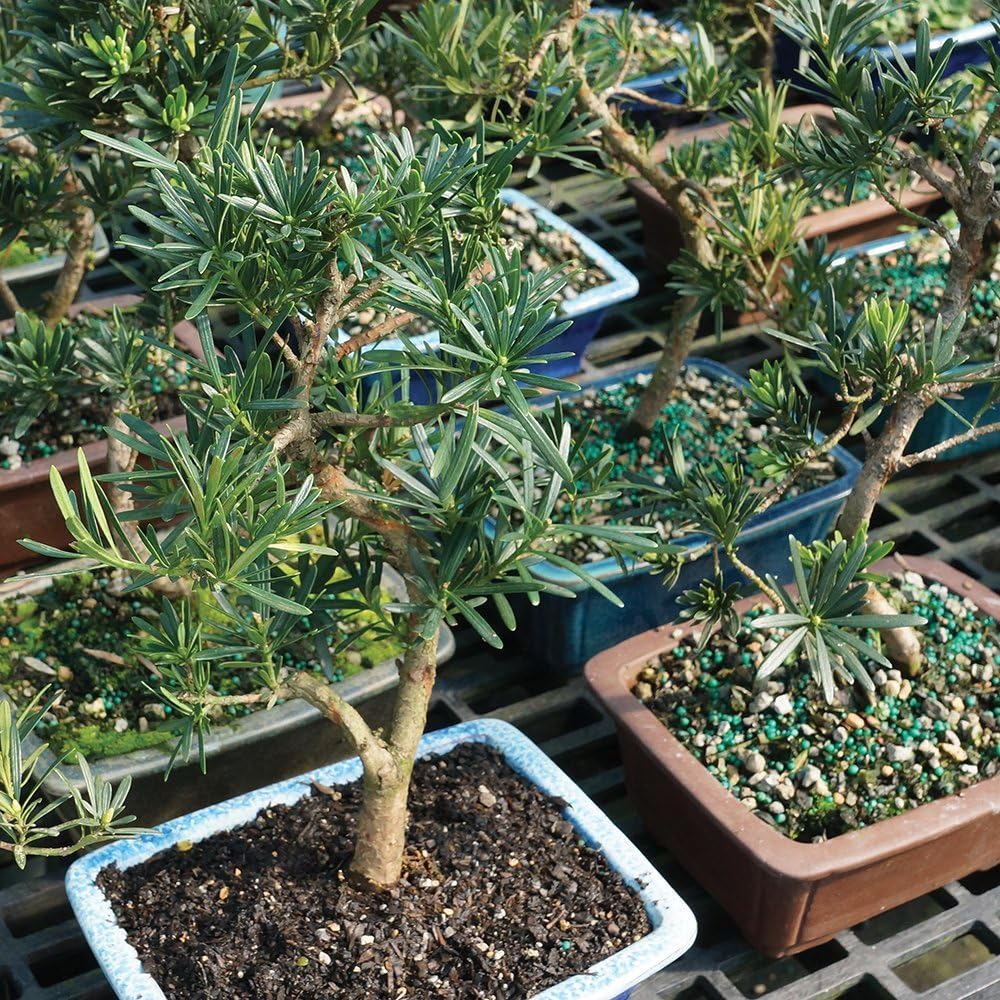

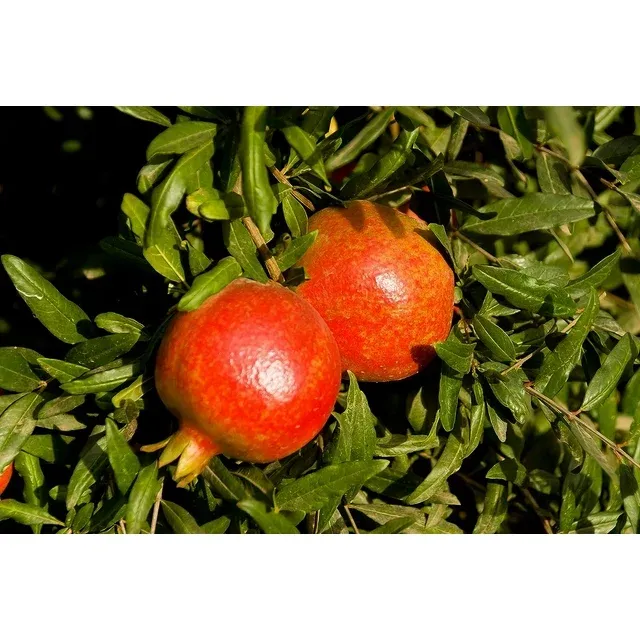
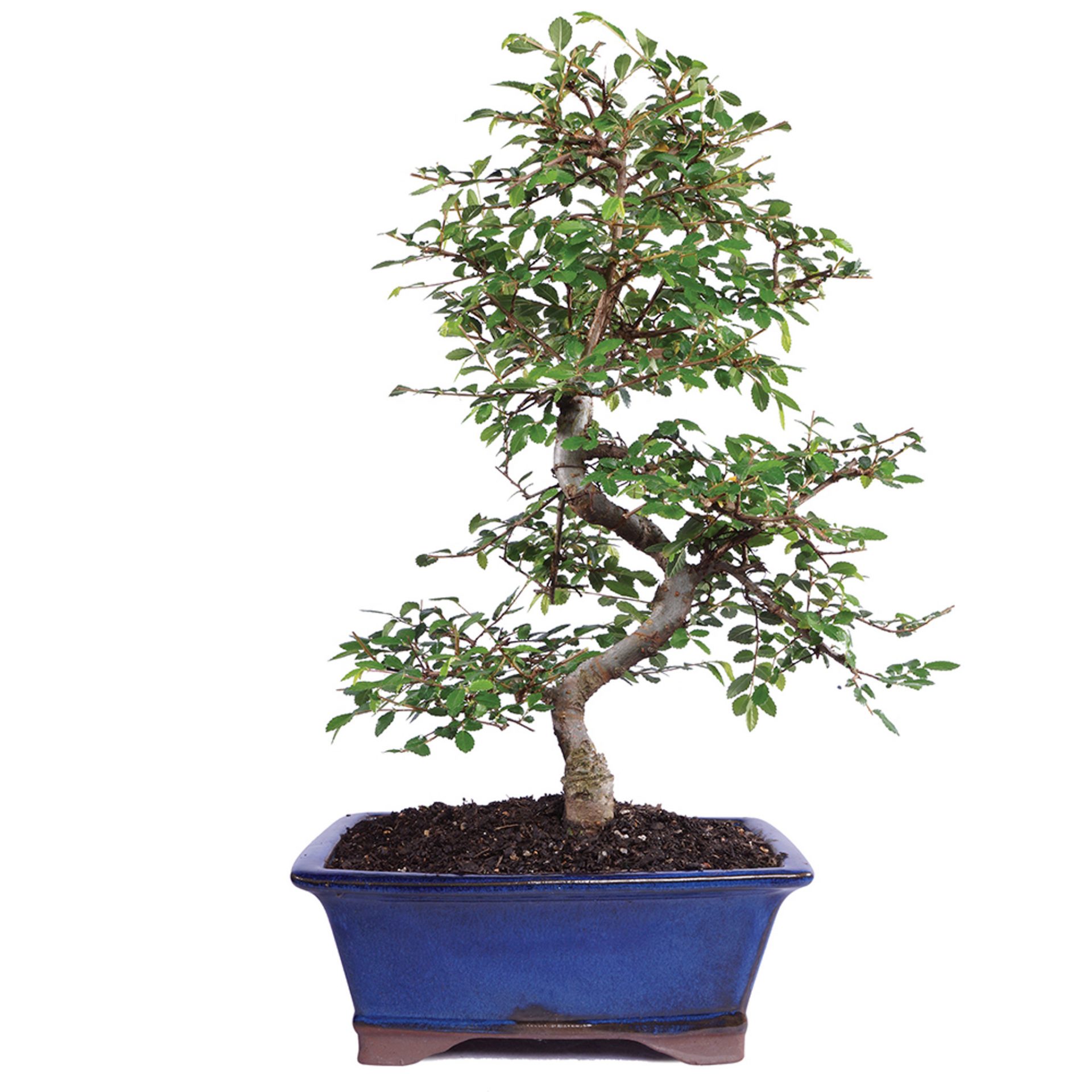
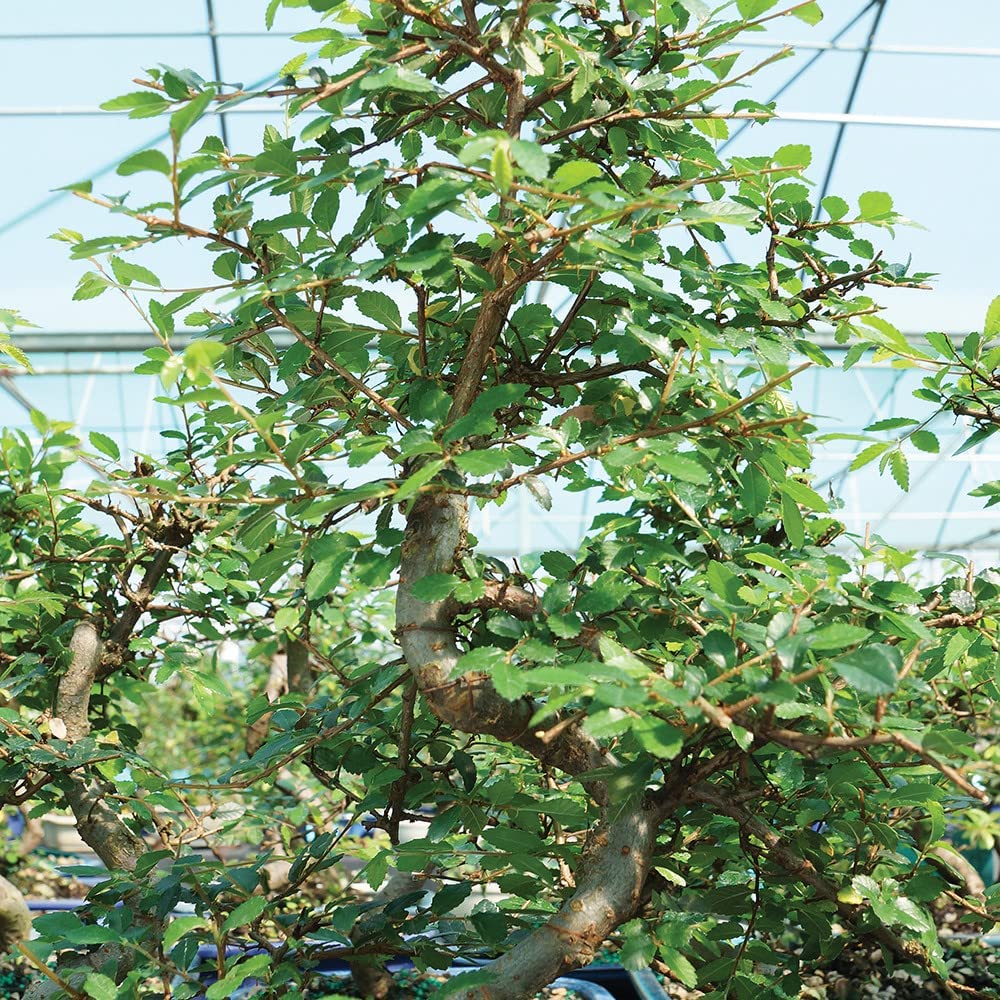
Reviews
There are no reviews yet.